1 How many quarts of oil does a ATV take? – Related Questions
1.1 Do four wheelers have transmission fluid?
1.2 Should I run premium gas in my ATV?
1.3 Can I use 10/40 oil in my ATV?
1.4 Do four wheelers need special oil?
1.5 What’s the difference between ATV oil and regular motor oil?
1.6 How long should I let my ATV warm up?
1.7 Are ATVs a lot of maintenance?
1.8 How long do Can Am ATVs last?
1.9 What kind of oil do you put in a Chinese 4 wheeler?
1.10 What oil does a Coolster 125cc ATV take?
1.11 How much oil does a 110cc ATV take?
1.12 How do you check ATV oil?
1.13 What is final gear oil on ATV?
1.14 How much oil does a King Quad 300 take?
1.15 How do you change the oil on a Suzuki Quad Runner 250?
1.16 Can you use 10W30 instead of 10W40?
1.17 What kind of oil do you put in a Honda ATV?
Most will be around 1. 5qts – 2.5qts at most. This is dependent on the oil filter’s capacity and if it is changed at the same time, which is also recommended.
What kind of oil do you put in an ATV?
Traditional automotive motor oils are usually 10W-30 or 5W-20 viscosity; however, Polaris for instance, uses a 5W-50 viscosity for their off-road engines.
Can you use regular oil in ATV?
Your ATV or UTV requires motor oil just like any other motorized vehicle, but any oil just doesn’t cut it. These machines run at higher RPM, work harder and run harder than your truck does, so specialized oils are definitely called for.
The transmission oil and differential oil are two of the most vital fluids in your ATV or UTV. And just like any other fluid in a vehicle, these oils have a shelf life and need to be replaced periodically.
Nonetheless, most ATVs guzzle regular 87 octane gasoline but can perform optimally with the pricier 91 or 89 octane fuel. As such, it’s advisable to use only premium fuel for two strokes because they operate at a greater compression rate. This means not buying anything lower than 91 octane fuel.
As such, it’s advisable to use only premium fuel for two strokes because they operate at a greater compression rate. This means not buying anything lower than 91 octane fuel.
10W40 you will be fine as long as the oil you chose to use is rated for atv clutch, I have stepped out off the box from using Yamalube which is a very good oil and i’m using Motul 4t 5100 10w40 which is a very good oil, my dealer sells it, my Grizz couldn’t be happier.
Your ATV or UTV requires motor oil just like any other motorized vehicle, but any oil just doesn’t cut it. These machines run at higher RPM, work harder and run harder than your truck does, so specialized oils are definitely called for.
While ATV and motorcycle oil share very similar properties, there are slight differences between them. ATV oil is rated JASO MA, while motorcycle oil can be rated JASO MA2 or MB. This means normally for a manual wet clutch they are the same, but for an auto clutch ATV you should use ATV (JASO MA) oil.
This means normally for a manual wet clutch they are the same, but for an auto clutch ATV you should use ATV (JASO MA) oil.
It only takes a few minutes for it to warm up properly. Just make sure you don’t let it run at idle for too long. Remember, it’s air cooled.
If you bought an ATV, chances are you’re loving it. But for whatever reason, many people tend to overlook routine maintenance on their new toys, despite them being a sizable investment. Make no mistake: These machines are vehicles that need as much care as your regular car — perhaps more.
Well maintained quads that are regularly serviced should last over 10 years without too many problems and many go on well into their twenties. Harder working machines should give at least 6 to 8 years of faithful service before they start to let you down.
For most riding conditions, the recommended 10W-40 oil will be more than adequate to lubricate the ATV’s engine. As temperatures drop below 30º Fahrenheit, a thinner — less viscous — 5W-40 oil should be used to help the engine operate properly until it is warmed up to operating temperature.
As temperatures drop below 30º Fahrenheit, a thinner — less viscous — 5W-40 oil should be used to help the engine operate properly until it is warmed up to operating temperature.
We at Familyfunpowersports highly recommend and use, non-detergent (Rotella T) 15w40 Diesel truck oil. This is the same oil used by many MX and ATV professional race teams in their bikes. If not available any (15w40 four stroke) Motorcycle oil will work.
And it only takes . 8l of oil.. or 3/4 of a bottle. there’s also an overflow ‘port’ on the left side of the engine, by the sprocket.
To check the oil level, the engine must be warm, a cold engine will give an inaccurate reading. Let it idle (without goosing the throttle) for five minutes, or 10 minutes if it is less that 50 degrees wherever the quad is. Shut the engine off.
It is formulated to ensure extreme pressure performance, anti-wear, corrosion inhibition, rust prevention, low pour point, and foam reduction.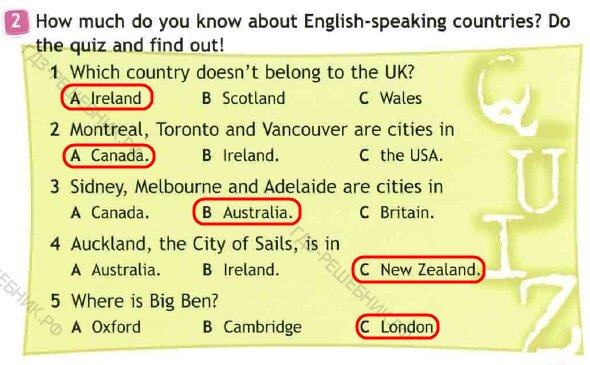 ” Honda shop sells Honda 80W-90 Hypoid gear oil.
” Honda shop sells Honda 80W-90 Hypoid gear oil.
The King Quad 300 holds 3500 ml or 3.7 quarts of oil. It will take slightly more, 100 ml more, if the oil filter is also changed.
Similarly, SAE 10W-40 motor oil performs well in cold weather conditions. It has the same low-temperature limits as the 10W-30 but is better in higher temperatures. Either 10W30 or 10W40 for summer use is fine; however, 10W-40 motor oil will better protect your engine.
GN4 is a standard oil, but if your engine works a little harder, we recommend using Honda HP4 semi-synthetic oil instead.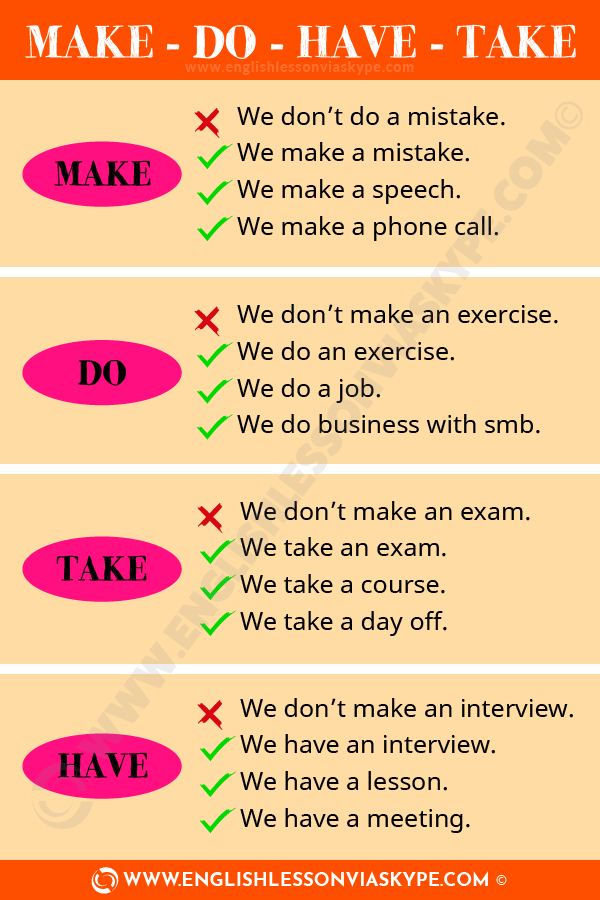
Choosing the right motor oil is a lot like standing in front of the drink cooler at the convenience store – there are a lot of choices and not a lot of directions on what are the right ones or wrong ones. Or, for that matter, if there even are right or wrong ones. We don’t know about soft drinks, but when it comes to oil there definitely are right and wrong choices and a little knowledge can help you choose the correct one for your ATV or UTV.
What Are Synthetics And Why Are They Better?
When it comes to oil, synthetics are the better choice. But it’s also good to understand what synthetic oil is and what makes it better. Whether oil is classified as synthetic, semi-synthetic or mineral is determined by the base stock.
The first glass is filled with the exact same marbles; these marbles are smooth, of the same size and are looking identical. Those marbles have same molecular structure and have been produced for a specific engine need; this would symbolize synthetic oil.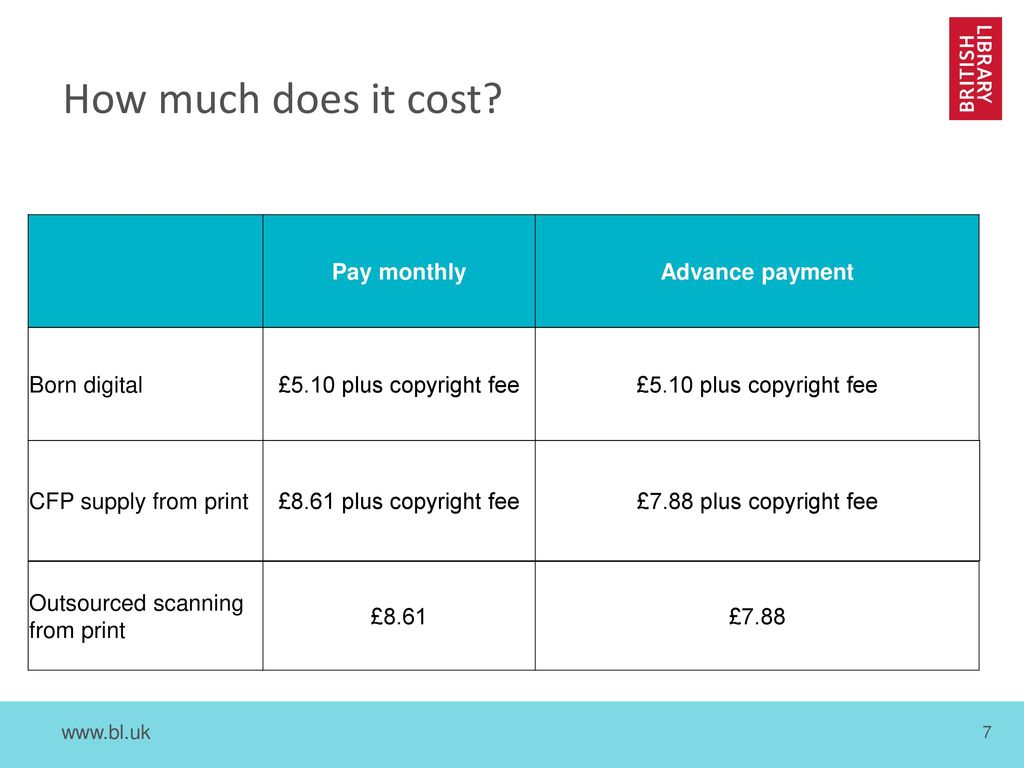 The next glass has a few of the same synthetic marbles, but the majority of these marbles are of different sizes and there are some various stones with rough edges in there as well. For the most part the glass is filled with the same approximate size of marbles, but the molecular structures vary from marble to marble. This oil blend has generic blend and would symbolize a mineral oil. The third glass is filled with semi-synthetic oil and is a mixture of the first and second glasses, both visually and what you would expect from semi-synthetic oil blend. It’s good to remember that all oil is developed, sorted and refined to become, better oil.
The next glass has a few of the same synthetic marbles, but the majority of these marbles are of different sizes and there are some various stones with rough edges in there as well. For the most part the glass is filled with the same approximate size of marbles, but the molecular structures vary from marble to marble. This oil blend has generic blend and would symbolize a mineral oil. The third glass is filled with semi-synthetic oil and is a mixture of the first and second glasses, both visually and what you would expect from semi-synthetic oil blend. It’s good to remember that all oil is developed, sorted and refined to become, better oil.
When you buy a bottle of oil, the bulk of its contents are the base stock. Let’s talk 4-stroke oil, a typical bottle of oil contains about three-quarters base stock and the rest is typically a viscosity modifier and various additives. There are a variety of different levels and qualities of synthetic base stocks, with no easy way for a consumer to know which one they are getting. However, synthetic base stocks do have a clear advantage. Synthetic base stocks go through chemical processes that create consistent molecules – resulting in a product that provides consistently better performance.
However, synthetic base stocks do have a clear advantage. Synthetic base stocks go through chemical processes that create consistent molecules – resulting in a product that provides consistently better performance.
Put simply, synthetic lubricants really are better than “normal” lubricants, primarily for four reasons: synthetics perform better in extreme temperature conditions. They have better oxidative stability, better shear resistance and they last much longer than mineral oil, meaning their molecular chains stay consistently longer.
Oil is Oil, Right?
You may ask, “Why can’t I just use car oil in my 4-stroke ATV/UTV? It’s the same thing, right?” The answer, in short, is no. The ATV/UTV oil “environment” is far more severe than that of an automobile. ATV/UTVs run hotter and at higher RPMs. They have a lower oil volume and many use a common sump for the engine, clutch and transmission. This harsh, multi-faceted environment means the oil has to do more jobs across a broader range of conditions than any automotive oil.
The additive package is what makes an oil “work” and, because of these more severe and demanding conditions, ATV/UTV demands a vastly different set of additives than your car or truck does. Typically, ATV/UTV oils are formulated to help prevent rust and corrosion from happening inside the engine. ATV/UTV engines that are run for repeated short periods of time or sit for extended periods make for a perfect breeding ground for rust and corrosion, since this type of operation results in condensation. Automotive engines run every day for extended periods, so their oils don’t need to address rust or corrosion. Also, some additives found in automotive oils that are designed to improve fuel economy can lead to clutch slippage, and lower viscosity automotive oils can cause increased gear pitting and oil consumption.
Viscosity is a measure of oil’s resistance to flow and ATV/UTV vehicle engines work best with unique viscosity measurements not found in automotive oils and one that can only be achieved in ATV/UTV applications by using a viscosity modifier. Traditional automotive motor oils are usually 10W-30 or 5W-20 viscosity; however, Polaris for instance, uses a 5W-50 viscosity for their off-road engines. Why? Polaris engineers found their engines needed this wide range to provide proper protection and starting in cold conditions, while also providing needed extreme high temperature protection.
Traditional automotive motor oils are usually 10W-30 or 5W-20 viscosity; however, Polaris for instance, uses a 5W-50 viscosity for their off-road engines. Why? Polaris engineers found their engines needed this wide range to provide proper protection and starting in cold conditions, while also providing needed extreme high temperature protection.
Other OEM’s ATV/UTV oils range from 0W-40 to 10W-40, depending on what the engineers have determined the best viscosity for their engines. ATV/UTV engine oils need to flow in extremely cold temperatures so that plow-equipped vehicle gets enough lubricant on startup on a cold winter morning. On the other end, ATV/UTV oils need high shear stabilité, so they don’t break down under extremely hot temperatures such as when you’re pulling a load of hay on the farm in mid-August. It’s viscosity modifier that allows the ATV/UTV oil to work across this broad range of conditions. Since most cars get regular oil changes, automotive oils are not formulated to maintain stable viscosity or shear stability over long periods of time. ATVs and UTVs demand oil that remains stable, so when you go to use it six months after an oil change, the oil works the same as it did when it was poured in.
ATVs and UTVs demand oil that remains stable, so when you go to use it six months after an oil change, the oil works the same as it did when it was poured in.
To answer the question more bluntly, using automotive oils can eventually damage an ATV/UTV engine/clutch/transmission or, in some extreme cases, even eventually lead to catastrophic failure and an expensive repair bill.
Making a Choice
So, you’re still standing in front of your ATV/UTV’s “drink cooler,” trying to decide what oil to choose. We’ll try to make it easy for you. Traditionally, OEM oils have been seen as more expensive than some of the aftermarket brands, and at times that’s still the case. But in other cases they have been surpassed in price by “premium” aftermarket brands. One thing to keep in mind is an aftermarket brand, in worst case scenario, is the same formula used in that companies automotive applications or, at best, one designed to work across a broad spectrum of vehicle types, so the same oil that has to work in a Polaris RZR XP has to also work in a Honda Rancher, two totally different machines.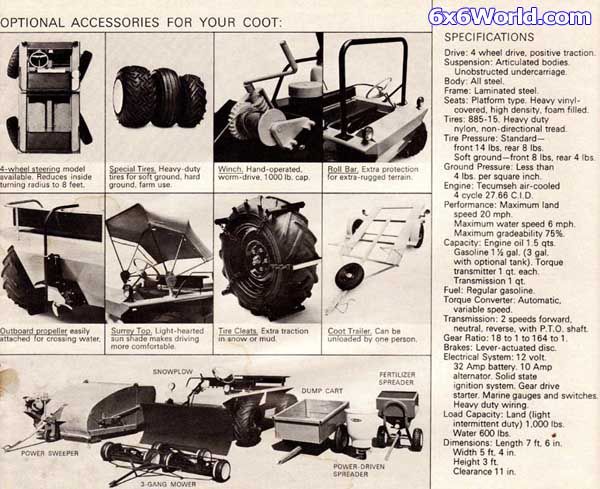 At a recent event this author talked to a chemist from an OEM oil manufacturer and he gave me a quick course of the in-depth chemical, dyno and field-testing OEM lubricants need to go through, to ensure they provide the best performance and protection in all conditions, in all of OEM’s engines. He drove his point home when he said independent oil manufacturers don’t have to worry about warranty issues due to oil related failures, but that is a stark reality in the world of the OEM. This is exactly why companies such as: Polaris, Arctic Cat, Yamaha, BRP and others spend so much money testing and formulating oils to work specifically for their products. With price difference being marginal and OEM products specialized to work as a package, using the OEM oil is the safest and best choice.
At a recent event this author talked to a chemist from an OEM oil manufacturer and he gave me a quick course of the in-depth chemical, dyno and field-testing OEM lubricants need to go through, to ensure they provide the best performance and protection in all conditions, in all of OEM’s engines. He drove his point home when he said independent oil manufacturers don’t have to worry about warranty issues due to oil related failures, but that is a stark reality in the world of the OEM. This is exactly why companies such as: Polaris, Arctic Cat, Yamaha, BRP and others spend so much money testing and formulating oils to work specifically for their products. With price difference being marginal and OEM products specialized to work as a package, using the OEM oil is the safest and best choice.
Whether it is oil for 2-stroke or 4-srtoke engines, the OEM engineers dictate what their engines will need in the oil package. There are special considerations made for the modern fuel injection systems. After going through a barrage of testing, engine Dyno testing, there is still a host of field testing, done to make sure that the oil package meets all the needs required for the particular engine. After meeting all the different needs, this is when the OEM engineers will sign off or approve the oil designed package. No other oil on the market goes through this type of testing, there isn’t any even close.
After going through a barrage of testing, engine Dyno testing, there is still a host of field testing, done to make sure that the oil package meets all the needs required for the particular engine. After meeting all the different needs, this is when the OEM engineers will sign off or approve the oil designed package. No other oil on the market goes through this type of testing, there isn’t any even close.
In the engine of any vehicle, lubricants one way or another are consumed without a trace over time. This is explained by the inevitable entry of these funds into the combustion chamber from the cylinder walls, with crankcase gases or through valve stems. Oil consumption depends on the design features of the vehicle.
In traditional engines, the consumption level should be between 0.1 and 0.3% of the total fuel consumption. If the fuel consumption is 10 liters, then the optimal level of lubricant consumption will be 10-30 grams of oil per 100 km of track. Thus, it is quite acceptable if the consumption does not exceed 3 liters per 10 thousand kilometers.
If the fuel consumption is 10 liters, then the optimal level of lubricant consumption will be 10-30 grams of oil per 100 km of track. Thus, it is quite acceptable if the consumption does not exceed 3 liters per 10 thousand kilometers.
For boosted turbo engines, especially those with multiple turbines, the allowable oil consumption level will already be from 0.8 to 3% of fuel consumption. This oil consumption depends on the speed at which the engine is running most of the time. The more revolutions are made, the more fuel and oil consumption is observed. Each car owner can independently determine what constitutes increased oil consumption for his car. nine0005
Often, the fact of increased oil consumption may be due to the following reasons:
 nine0026
nine0026 A leak of any kind must be repaired as soon as possible, as it is a matter of operational safety.
An external leak is usually easily identified by drops of oil under the vehicle.
nine0024 External leakage sources:

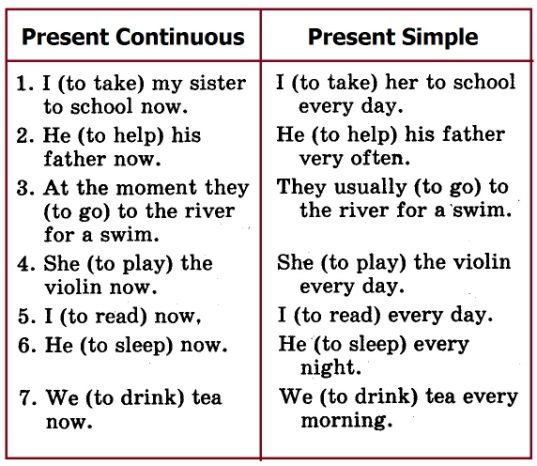 nine0026
nine0026
There is also one rare case - a simultaneous small leak from all oil seals and engine connections. This is often the reason why the engine literally "sweats", causing oil to leak in huge quantities. nine0005
In this case, the leakage is not related to the quality of the seals. This indicates too high pressure crankcase gases. The reason for this pressure lies in the condition of the internal parts of the engine. The increased pressure of crankcase gases is determined by active smoke from the crankcase ventilation tube. This problem is eliminated by cleaning the crankcase ventilation system or, in advanced cases, by overhauling damaged engines.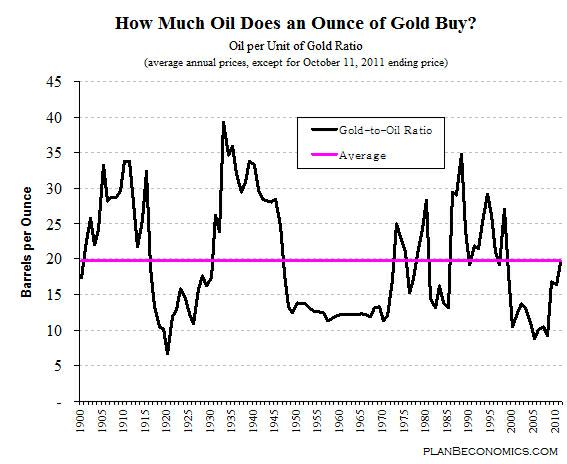 nine0005
nine0005
It is believed that too thin or too thick an oil level causes the oil film formed by the oil scraper ring to be too thin or too thick.
A film that is too thin seals the combustion chamber poorly, causing oil droplets to break through into the combustion chamber along with crankcase gases. The oil burns - hence the unreasonably increased consumption level arises. Too high viscosity causes the piston rings to “float” and also contributes to too high flow rates. Contamination of the fuel system contributes to a decrease in the viscosity of engine oil; in this case, the fuel enters the oil along the walls of the cylinder, and the resulting mixture actively burns out, causing more consumption than necessary. nine0005
The most common types of internal engine oil leaks are leaks through valve seals, that is, valve stem seals.
Valve stem seals lose their elasticity over time and temperature, harden, wear out and crack. nine0005
nine0005
Worn valve bushings allow the valves to wobble and further break the valve seals. The oil, overcoming the weak resistance of the stuffing box, flows down the valve and enters the combustion chamber. You can diagnose the problem by powerful smoke when starting the engine - on a warm engine and when driving, the smoke is weaker.
Also a sign of wear on valve stem seals is oily spark plug threads.
Consider such a cause of leakage as internal leakage due to compression and oil scraper rings. Leaks through the rings are due to wear, or loss of mobility (coking), or due to wear / destruction of the piston ring grooves, or scuffing on the cylinder walls. nine0005
Burnout through the rings is accompanied by smoke in the engine. Blue or gray smoke with a characteristic smell comes out of the exhaust pipe. It becomes especially noticeable under load when accumulating or releasing gas. On vehicles with current-generation catalysts, the smoke may not be noticeable, as the catalyst has time to burn off the remaining oils.
It becomes especially noticeable under load when accumulating or releasing gas. On vehicles with current-generation catalysts, the smoke may not be noticeable, as the catalyst has time to burn off the remaining oils.
In a number of cases of consumption that goes beyond the normalized limits, the engine experiences a lack of lubricant, which can be one of the reasons for severe contamination of the oil system, which can provoke high oil consumption and significantly cripple your car. Loss of lubrication leads to a drop in oil pressure, accelerated wear, a sharp reduction in resource and engine failure. Rebuilding or replacing an engine is very expensive, so overconsumption of lubricants must be addressed as early as possible if a problem occurs if you don't want to splurge on a new engine. nine0005
Why is the problem of high flow so important?
It should be said right away that with high engine wear and a large leakage of lubricant, you will need to repair the engine.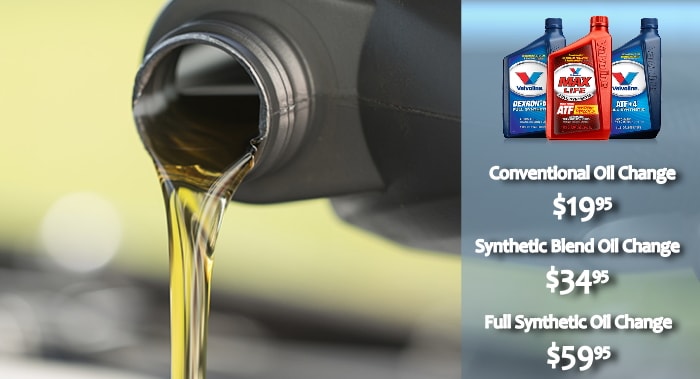 But very often, especially when the problem has just begun to manifest itself, there are simpler, and most importantly, inexpensive ways to solve problems that cause oil to be used incorrectly.
But very often, especially when the problem has just begun to manifest itself, there are simpler, and most importantly, inexpensive ways to solve problems that cause oil to be used incorrectly.
To solve most small external leaks, there is a simple and inexpensive solution - oil system sealant. At the first symptoms of a leak, one of which is the appearance of oil stains under a car or a heavily contaminated engine, you can use one of the best products on the market - the German oil system sealant Liqui Moly Oil Verlust Stop.
The additive eliminates leakage through seals and gaskets, nine0005
restoring the elasticity of cushioning materials and rubber.
The additive also acts on valve stem seals,
eliminating this kind of internal leakage.
The additive begins to act in full after a run of 500-800 km.
The additive is absolutely safe for any type of motor and is suitable for all existing engines.
Even if it did not work, then this is a signal for repair, nine0005
part of which should be the replacement of seals that have become unusable.
If the cause of large internal leaks (burnout) is the hardening of valve stem seals, then we also recommend that you first try a simple and inexpensive method - the German additive Liqui Moly Oil Verlust Stop.
An important point in the prevention of oil leaks is the use of anti-friction additives that reduce friction and prevent engine wear. Anti-friction additives in the engine prolong its life by reducing wear of the rings, which will reduce oil consumption in the engine. You can read more about the differences in antifriction additives here. nine0025
An integral part of wear prevention is the use of the correct and recommended lubricants for this type of equipment and regular flushing of the engine before changing lubricants, observing the recommended replacement intervals. You can find the flush you need here.
You can find the flush you need here.
In addition, it must be remembered that the incorrect operation of the fuel system contributes to the accelerated consumption of waste. For example, if the nozzles are dirty, then they carry out the wrong spray of fuel into the combustion chamber, which directly correlates with the amount of oil consumption (burnout). nine0005
In this case, the fuel system should be cleaned, for which there is also an inexpensive and simple solution - fuel additives (in the tank). You should choose additives of well-known reputable brands that will not only clean the fuel system, but also do it safely for all fuel equipment. We recommend choosing fuel additives from the German company Liqui Moly. More detailed information can be read here. nine0005
TOTAL
Each engine has a clearly established rate of consumption of lubricants. There is a normalized level of consumption and oil consumption is more than normal. The level of consumption that does not meet the established standards takes place due to two factors: external leaks and internal (waste). If the degree of oil consumption is small and has appeared relatively recently, there are simple and inexpensive ways to eliminate this problem. To do this, first of all, use an oil system sealant. Oil system flushes, anti-friction additives and fuel additives will help you prevent abnormal consumption. If the flow rate is higher than optimal, then other reasons for increased oil consumption may appear, which, in turn, will lead to large expenses for engine repairs. nine0005
There is a normalized level of consumption and oil consumption is more than normal. The level of consumption that does not meet the established standards takes place due to two factors: external leaks and internal (waste). If the degree of oil consumption is small and has appeared relatively recently, there are simple and inexpensive ways to eliminate this problem. To do this, first of all, use an oil system sealant. Oil system flushes, anti-friction additives and fuel additives will help you prevent abnormal consumption. If the flow rate is higher than optimal, then other reasons for increased oil consumption may appear, which, in turn, will lead to large expenses for engine repairs. nine0005
The fact that modern engines consume more oil than old ones is not surprising. In recent years, the load on parts has increased disproportionately to their margin of safety.
Increased compression ratio and increase in effective pressure in the cylinders contribute to the breakthrough of gases through the piston rings into the crankcase ventilation, and from there into the combustion chamber. These changes have affected the amount of oil an engine will consume when it burns and is still considered acceptable. nine0079
These changes have affected the amount of oil an engine will consume when it burns and is still considered acceptable. nine0079
Therefore, the declared oil consumption of liters per thousand kilometers is considered normal by individual manufacturers.
Associated with piston ring changes to save fuel. highest point friction in an engine is the point at which the piston rings meet with cylinder walls. The higher the tension of the rings, the more effective they will scrape oil off the cylinder walls as the piston moves down. To reduce friction and achieve additional fuel savings, car manufacturers Reduce piston ring tension. This change in ring tension resulted in to the fact that a small amount of oil has passed through the piston rings into the chamber combustion where it burns. This is the main reason for normal oil consumption in most vehicles with proper maintenance. nine0246
Although oil burn and evaporation is a relatively common problem, manufacturers do not provide uniform recommendations on this issue, so what may be normal for one engine may be excessive for another.
For example, BMW tells owners that some of its engines consume a liter of oil in less than a thousand kilometers.
GM reports that normal consumption can be within one liter within 3,000 kilometers in a properly driven and maintained vehicle. Other manufacturers don't say anything in their owner's manuals about oil consumption. nine0251Most engines with less than 50,000 km of should not use more than a liter of oil between oil changes (unless the manufacturer says otherwise). If the engine needs a liter every, say, 3,000 miles or less, it could be a sign of a leak (which may not be easily noticeable) or internal engine problems such as worn valve guides, piston rings, or any of a number of different types of seals. Once the engine reaches 100,000 km , you should expect a possible increase in oil consumption depending on lubricants and vehicle operation.
Also, many newer engines use a thinner, lower viscosity oil such as 5W20 or 0W20 instead of, say, 5W30.
Since these oils are thinner, it is easier for them to slip through gaskets, seals and rings, which even wear out a little over time, which increases oil consumption. The manufacturer of the car and the design of its engine should always be taken into account. nine0005
Vehicles that consume a liter of oil in less than 1000 km without manufacturers' prescriptions must be checked for the cause. Extremely high oil consumption, for example, one liter per 500 km, can have a devastating effect on the catalyst, a detrimental effect on the environment, and even on the car itself.
Poor quality oil may have very poor characteristics, which may cause burning and evaporation of the oil. In the first case, due to a mismatch between viscosity and additive package, and in the second, due to a lower flash point and very hot weather. Plus, to all this, sludge formation in the engine and the deterioration of its operation are added. nine0005
Burnout
Piston rings need constant lubrication.
The first compression ring periodically leaves a film of oil on the surface of the cylinder, which begins to partially burn at high temperatures.
Oil consumption is determined by engine power and fuel consumption. This means your engine will use more oil. To begin with, you should pay attention to the fact that oil burns in every engine! It simply cannot but burn out completely there, since it constantly forms an oil film on the inner surfaces of the working cylinders, where the fuel ignites. Much more important is the question of how much oil burns in your engine and what is the rate of waste for it. nine0079
Evaporation
The oil constantly evaporates. The higher its temperature, the more intense the evaporation in the crankcase, the more vapor enters the combustion chamber through the ventilation system.
Leaks
The most common leaks are crankshaft, camshaft, cylinder head gaskets, valve cover and front cover, oil filter seals, drain plug, filler neck and heat exchanger seals.
